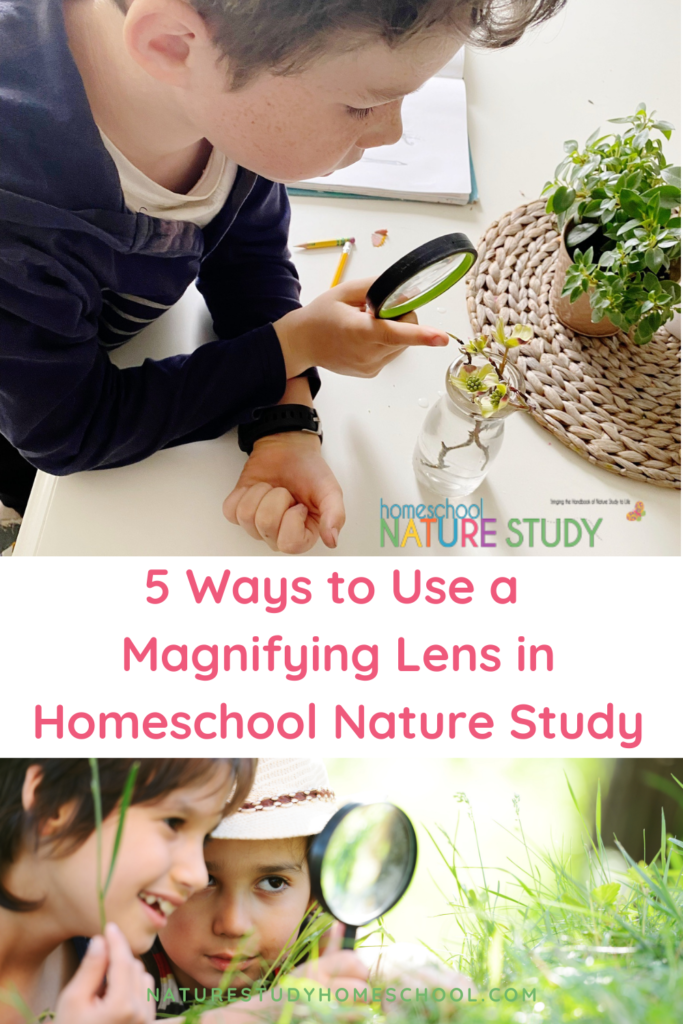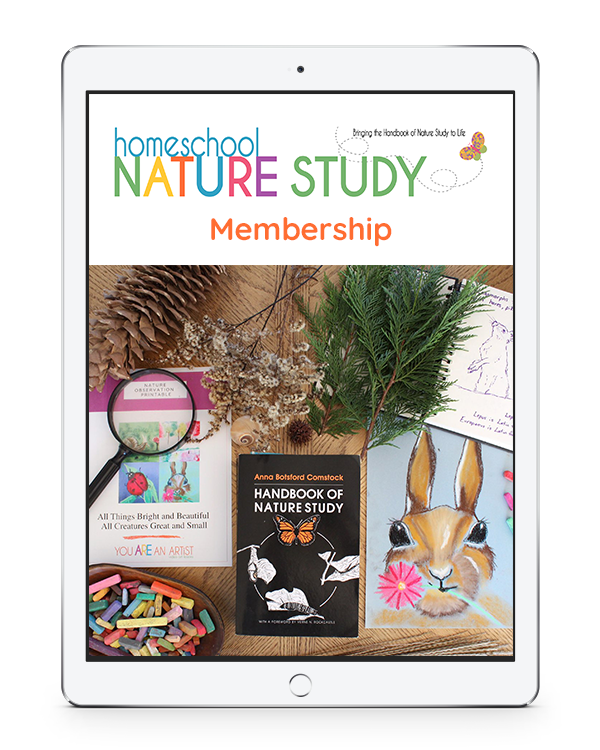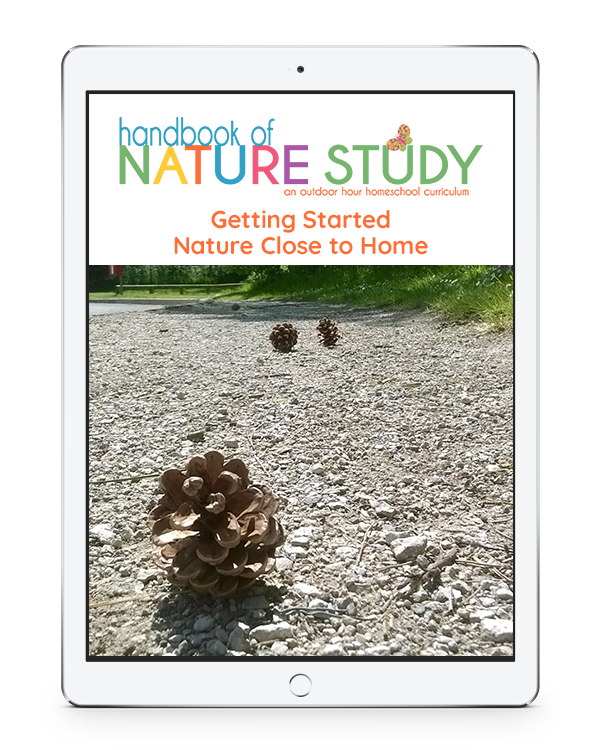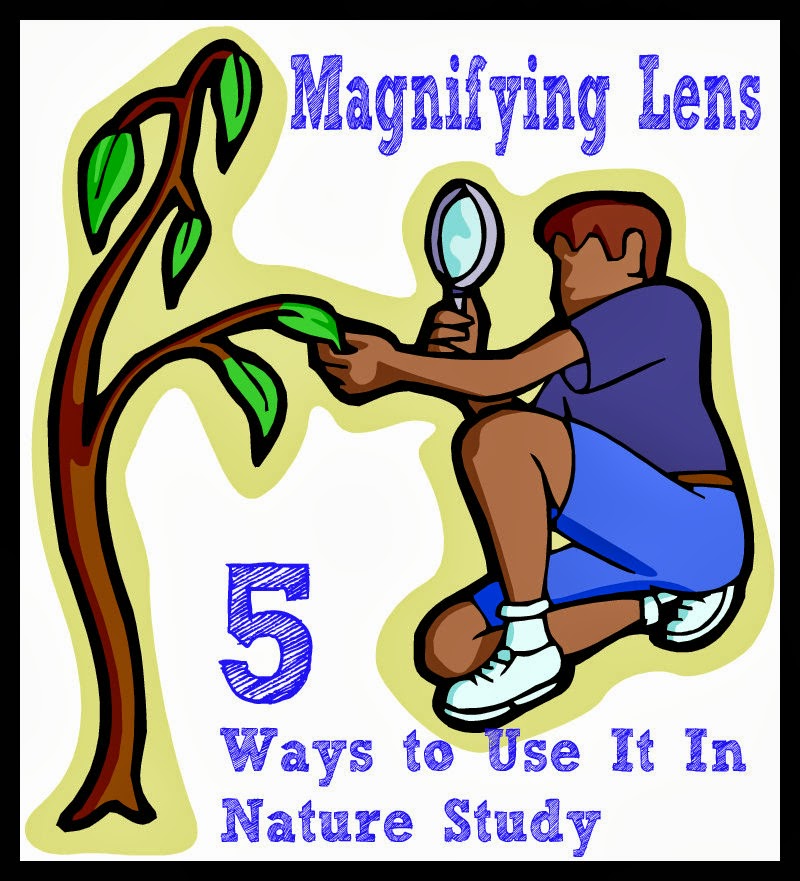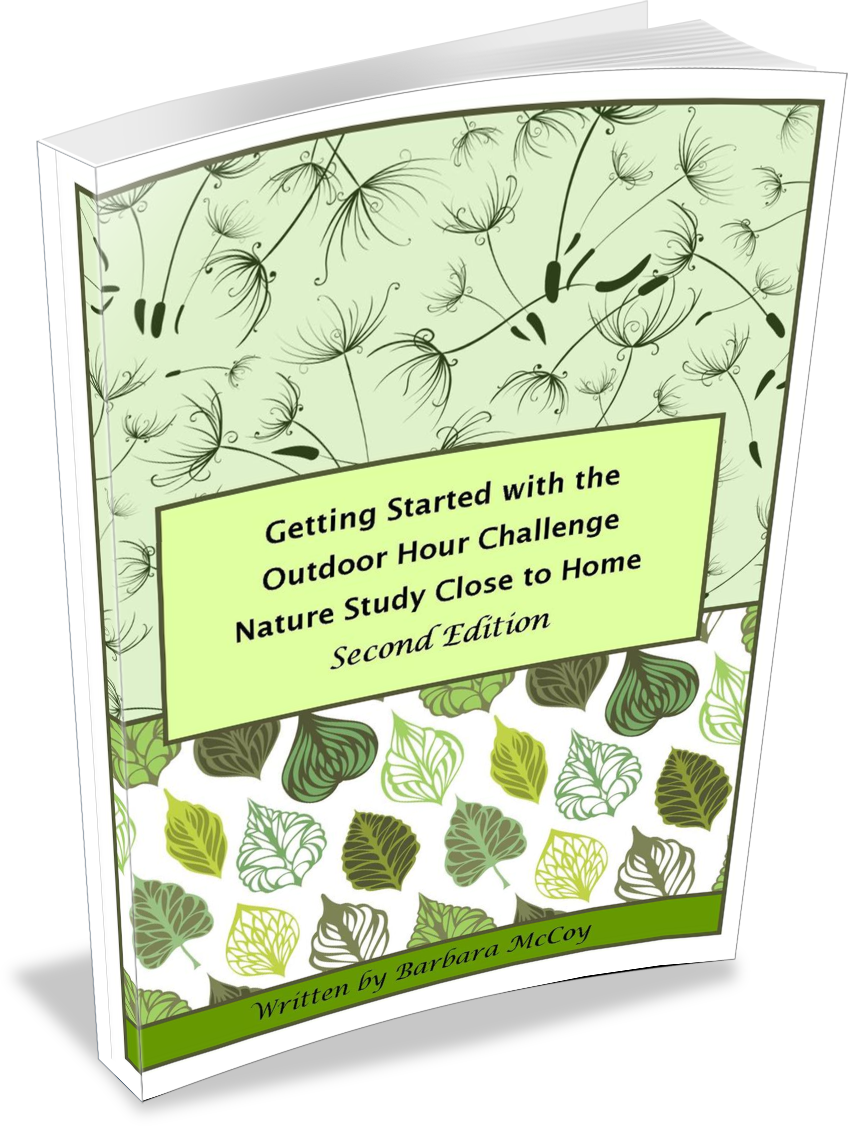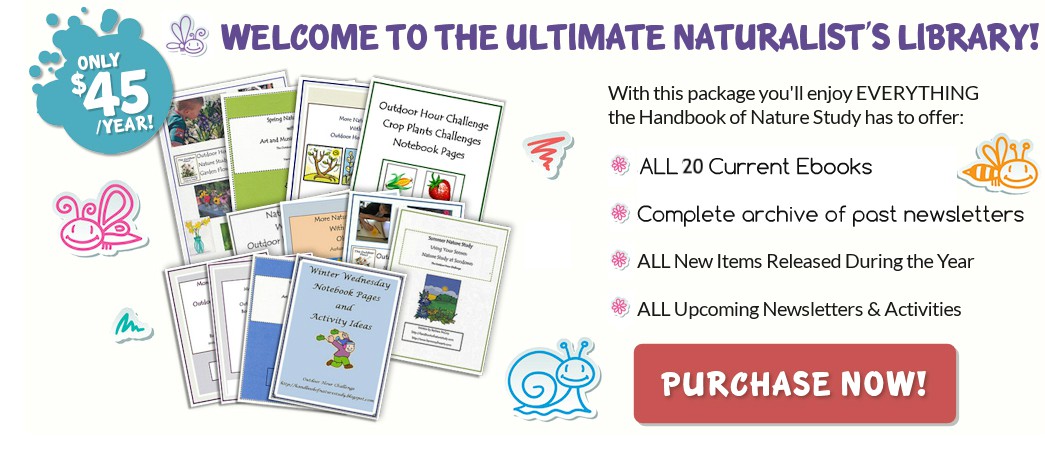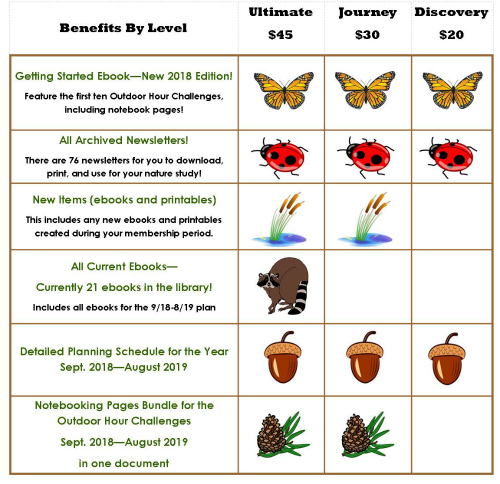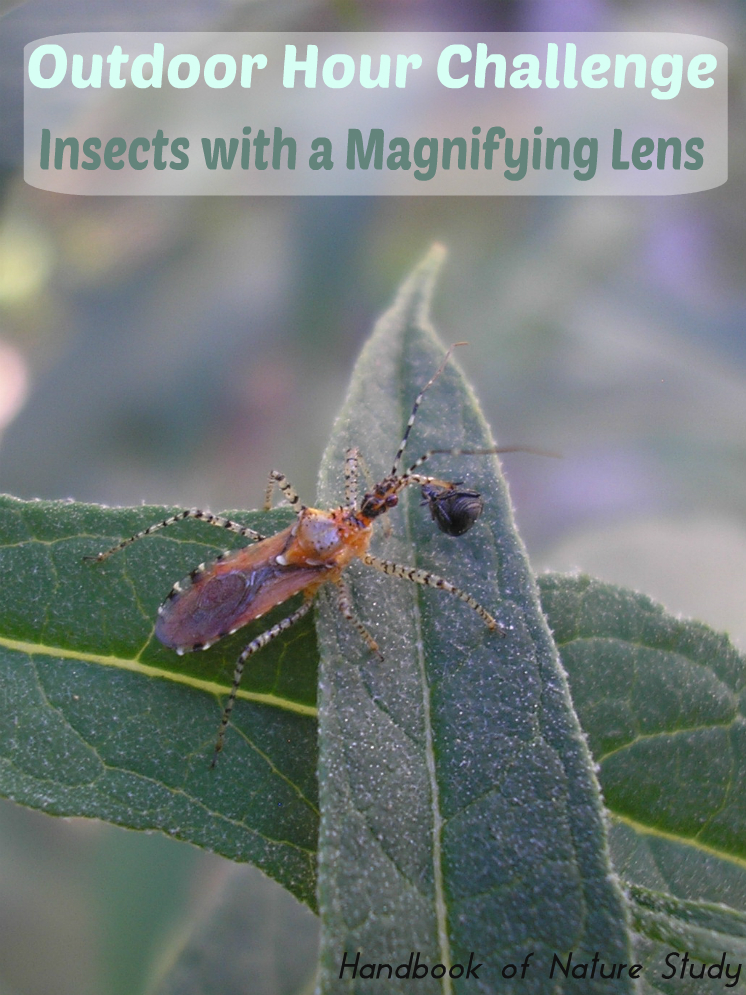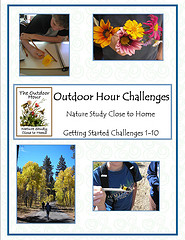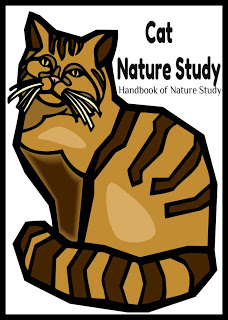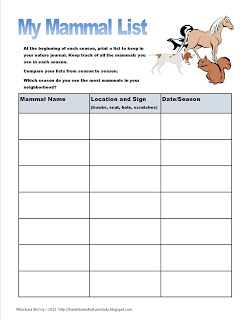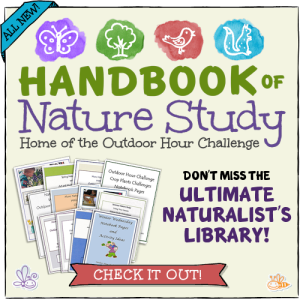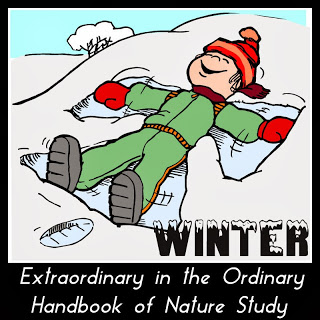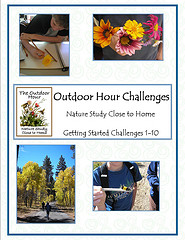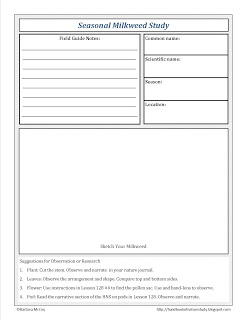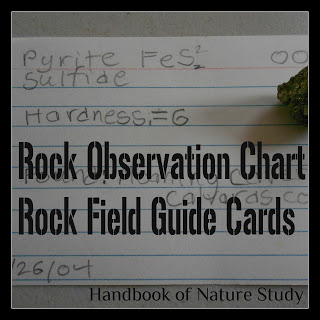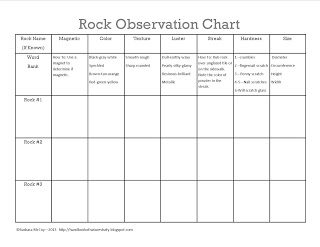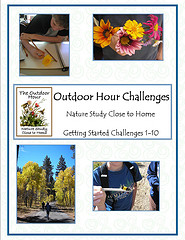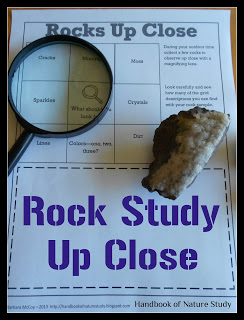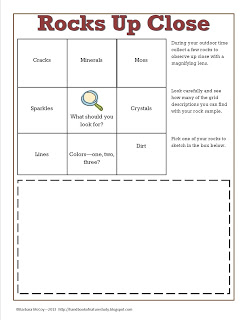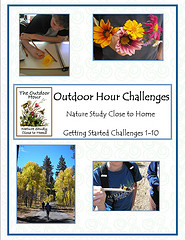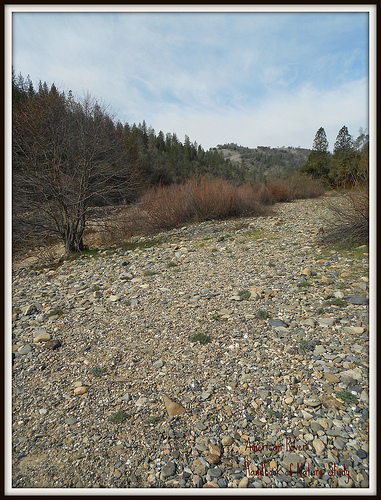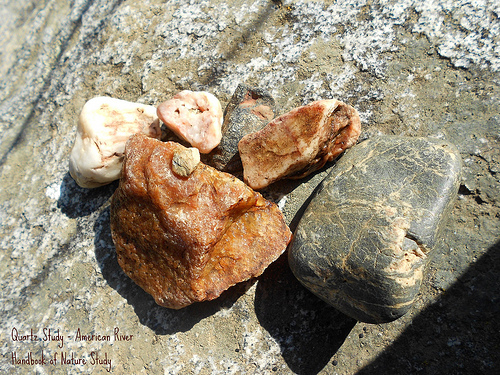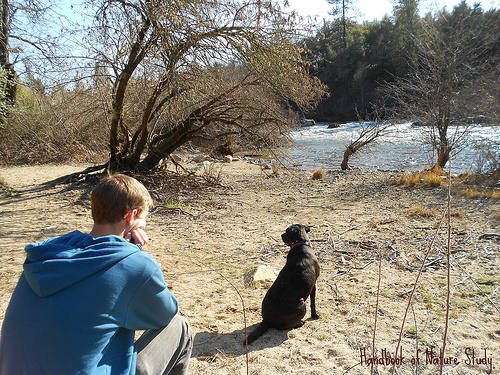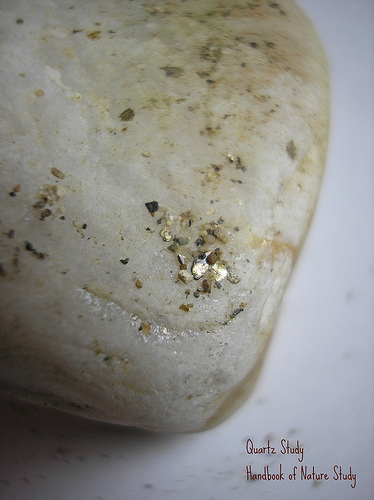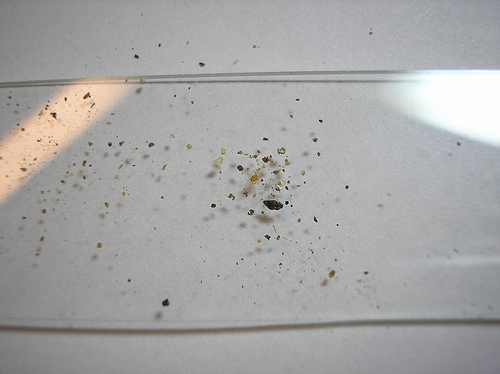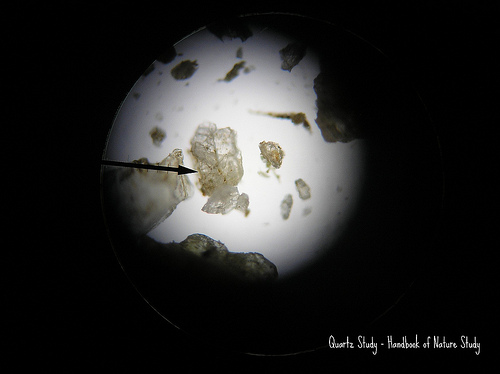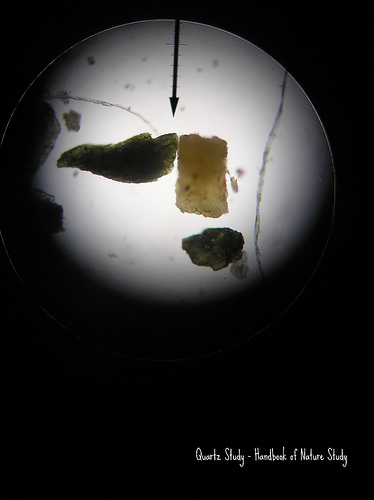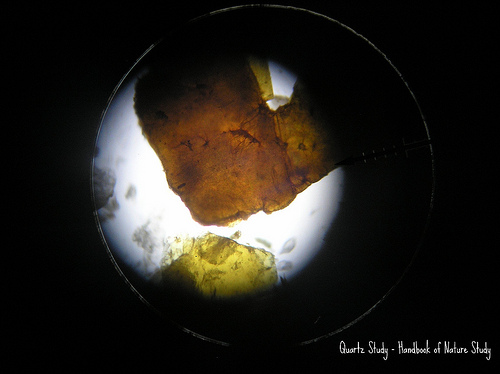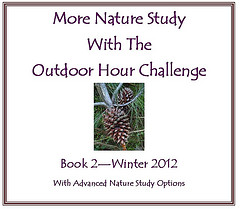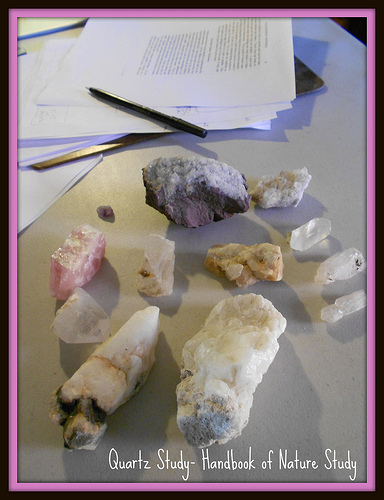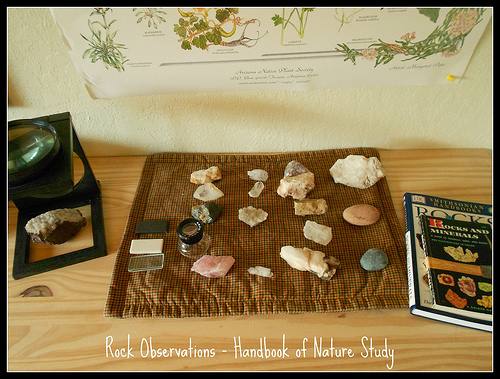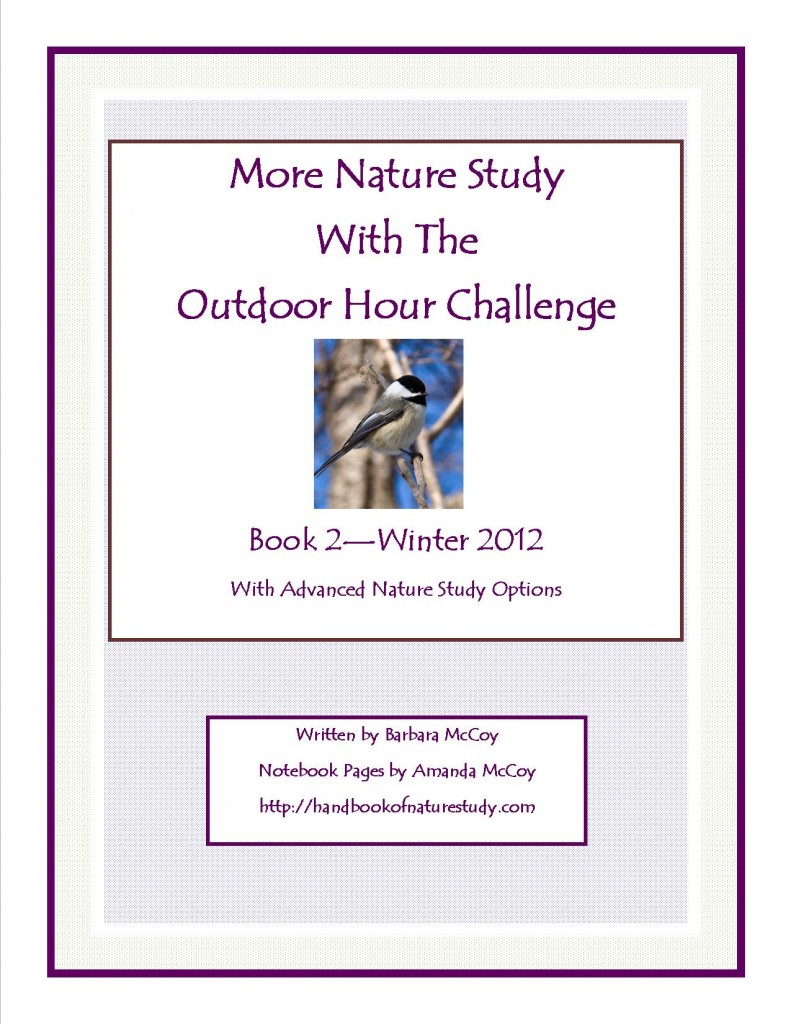Looking for ways to encourage your child to explore things in nature? Using a magnifying lens in homeschool nature study is not only fun for children but it helps them see more clearly the wonderful world of objects we have all around us. Try one of the ideas below to help your child get started making careful observations of natural items.
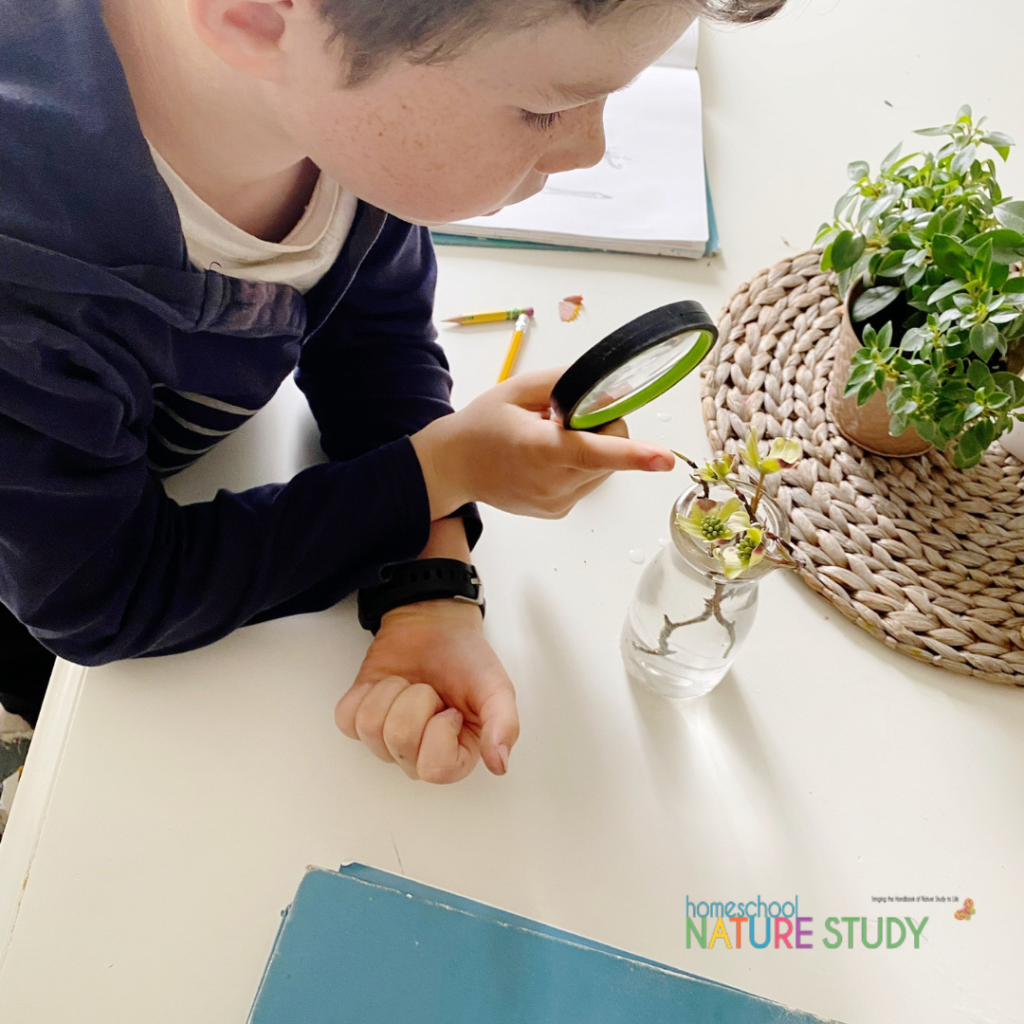
5 Ways to Use Your Magnifying Lens in Homeschool Nature Study
“Adults should realize the the most valuable thing children can learn is what they discover themselves about the world they live in. Once they experience first-hand the wonder of nature, they will want to make nature observation a life-long habit.”
Charlotte Mason, Volume 1, page 61
#1 – Nature Station With a Magnifying Lens
Create a magnifying glass station with natural items either indoors or outdoors. Collect a few things to have on hand to start but them encourage your child to find a few of their own while outdoors playing or during a nature walk.
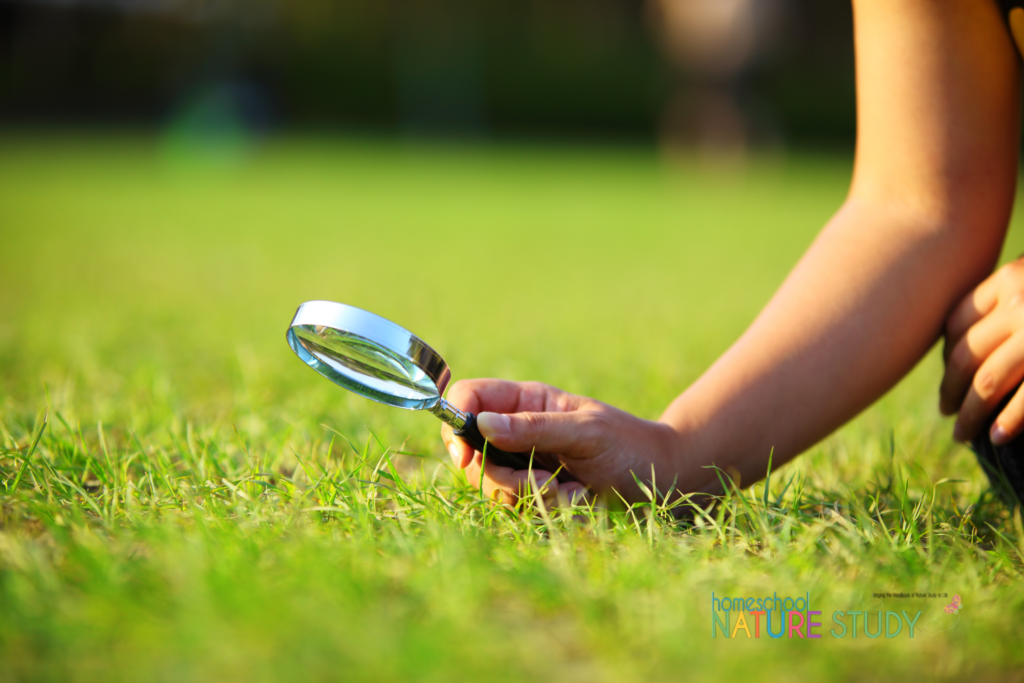
#2 – Square Foot Nature Study
Use your magnifying lens in homeschool for a square foot study. There are plenty of ideas here on my blog to help you get started. You can follow-up with this entry: Small Square Study-Living vs. Non-Living.
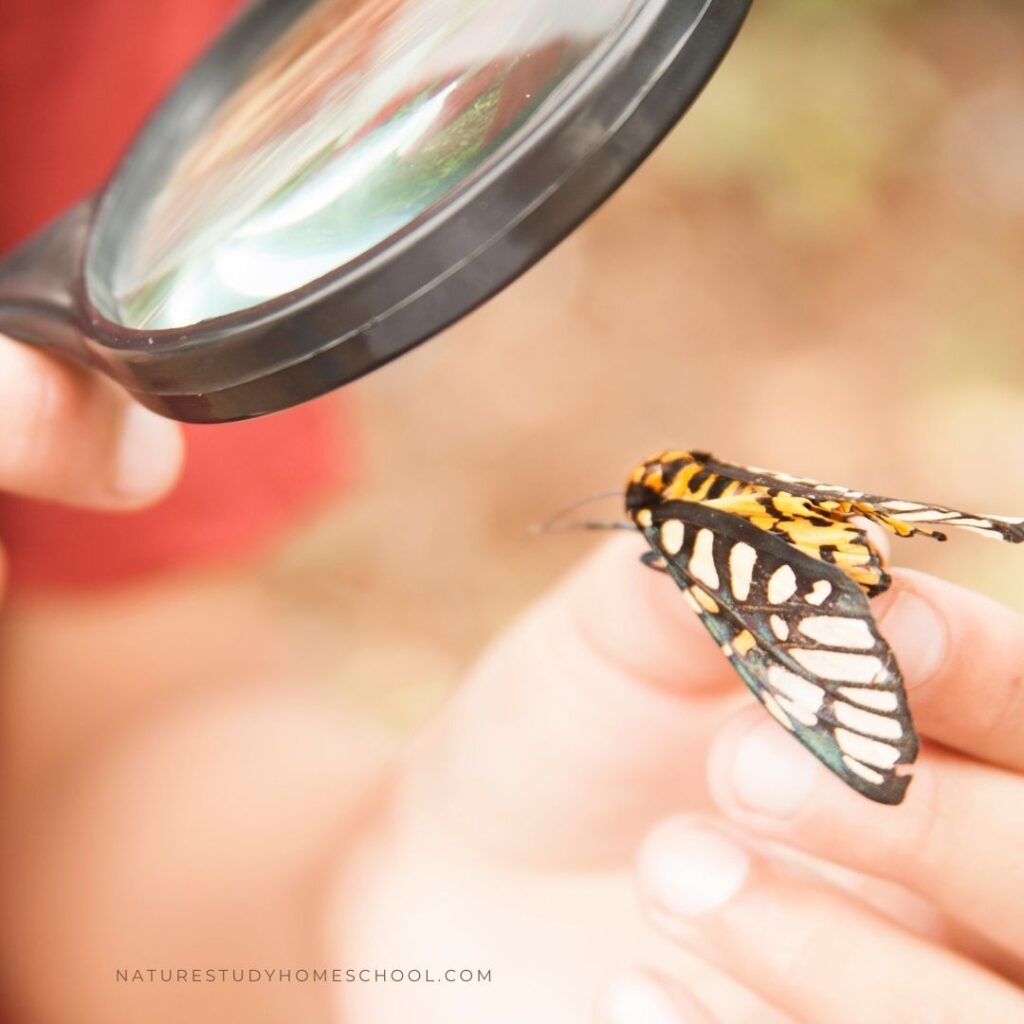
#3 – Examine Insects With a Magnifying Lens
Collect a few insects to examine close up with your magnifying lens. Look for dead insects in window sills, in the garden, or in spider webs. If you can capture a live insect and put it in a clear container, use the magnifying lens to get a closer look. Have your child observe closely the wings, the legs, the antennae, or the eyes of insects using a magnifying lens. Another tip is to place the insect on a mirror and then you can see the underside easily.
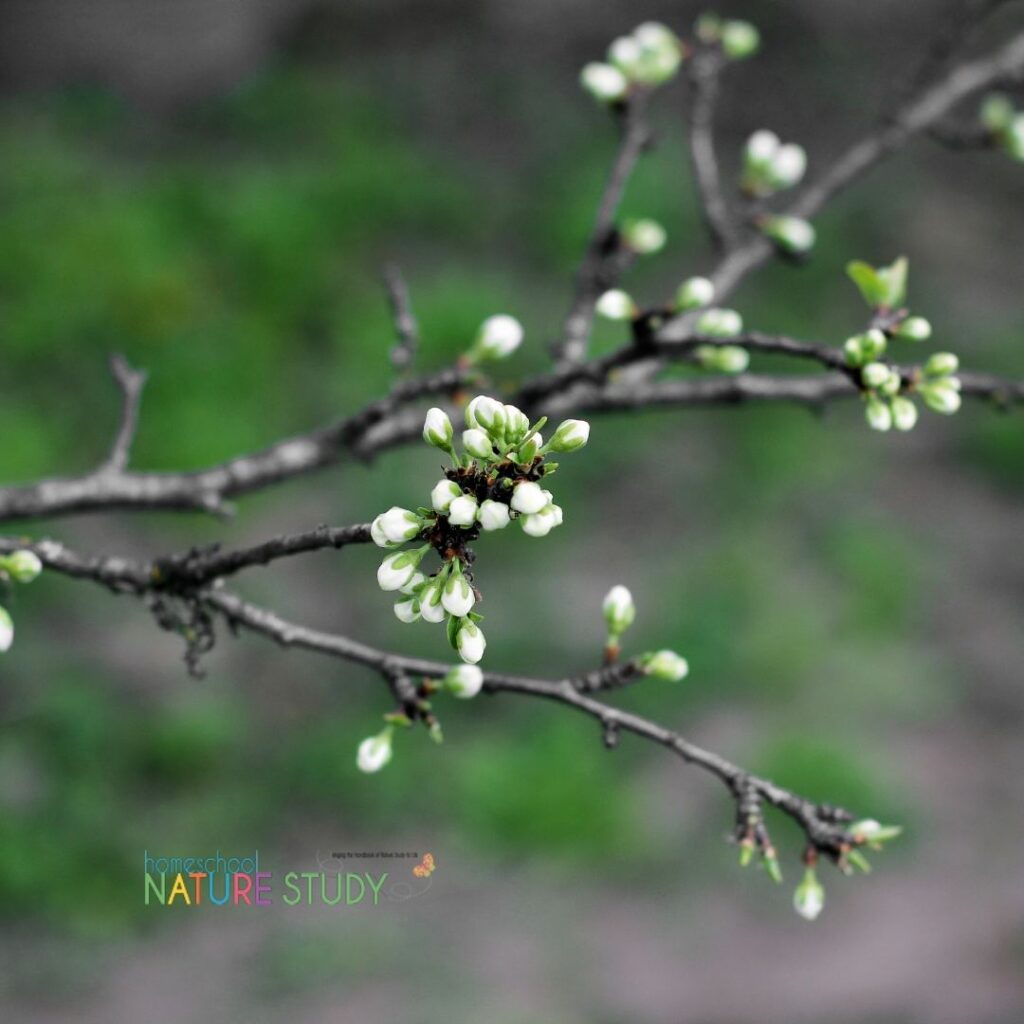
#4 – Create a New Level of Tree Homeschool Nature Study
As part of a tree study, use your magnifying lens to examine the bark, the leaves, and the cones or acorns of a tree in your yard or neighborhood. You can also use the magnifying lens to compare two trees with careful observations.
For more ideas to use with your magnifying lens and my recommendations for products, you can see my Squidoo Lens: Best Magnifying Lens Plans and Activities.
#5 – Use the Outdoor Hour Challenge Homeschool Nature Study Magnifying Lens Activity
Discover the wonder of ordinary objects using this magnifying lens in homeschool nature study activity. Use the suggestions on the page to spark some ideas for objects to collect and observe. There is a place to record a few sketches and some follow-up thoughts if your child is interested in keeping a record of their magnifying lens activity.
Homeschool Nature Study Activities
Find this activity in Challenge 8 Getting Started in Homeschool Nature Study Guide available in membership and HERE.
